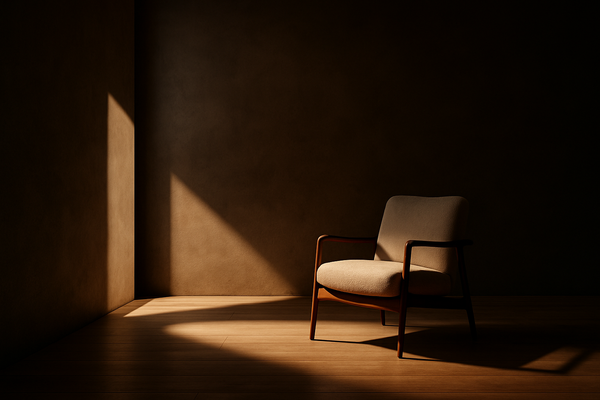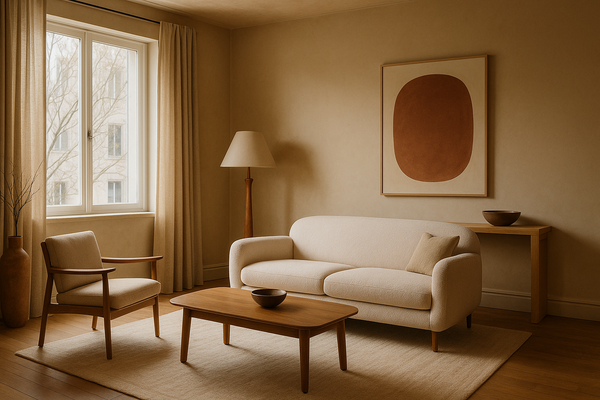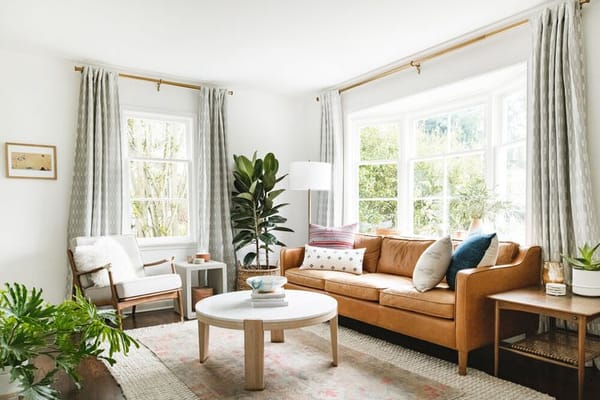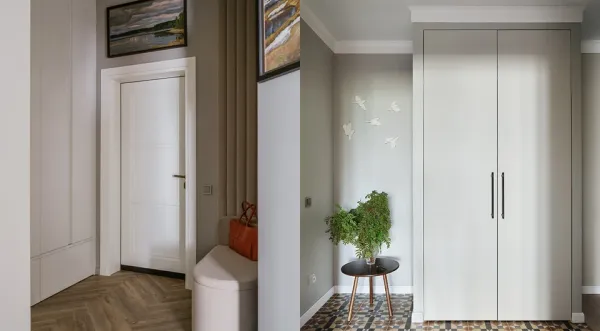Lesson 7: Biophilic Design - How Nature Improves Your Home and Mood
Biophilic design brings nature back into the home, not just for beauty, but for calm, focus, and well-being. This guide shows how to use light, plants, materials, and your senses to create a home that truly supports you.
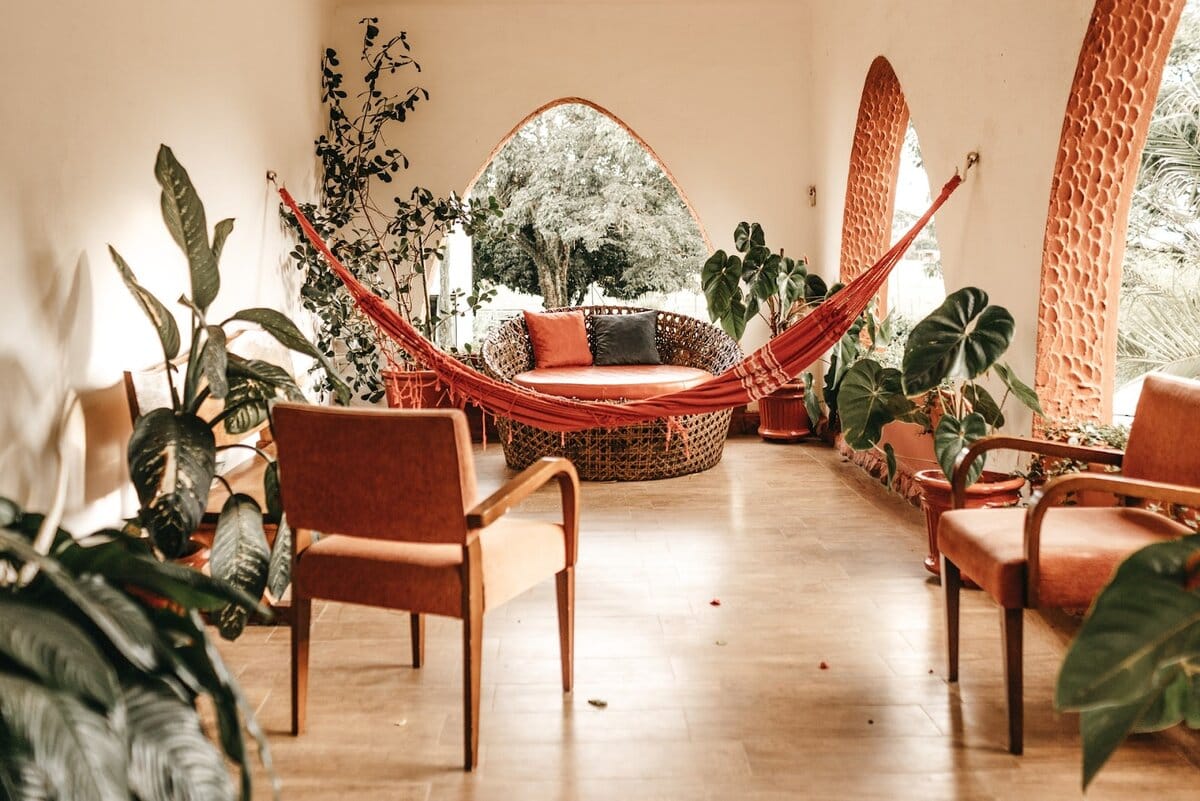
What is Buiphilic Design?
Biophilic design is about more than just adding plants to your home. It's a way of designing that brings nature back into the spaces we live in, through materials, light, scent, textures, and even views.
The word biophilia means "love of life", and that's exactly what this style gives you. A connection to living things. To calm. To peace.
Modern life often separates us from nature. We wake up under artificial lights, walk through concrete cities, and stare at a screen all day. Biophilic design is a gentle way to reconnect, inside our own homes.
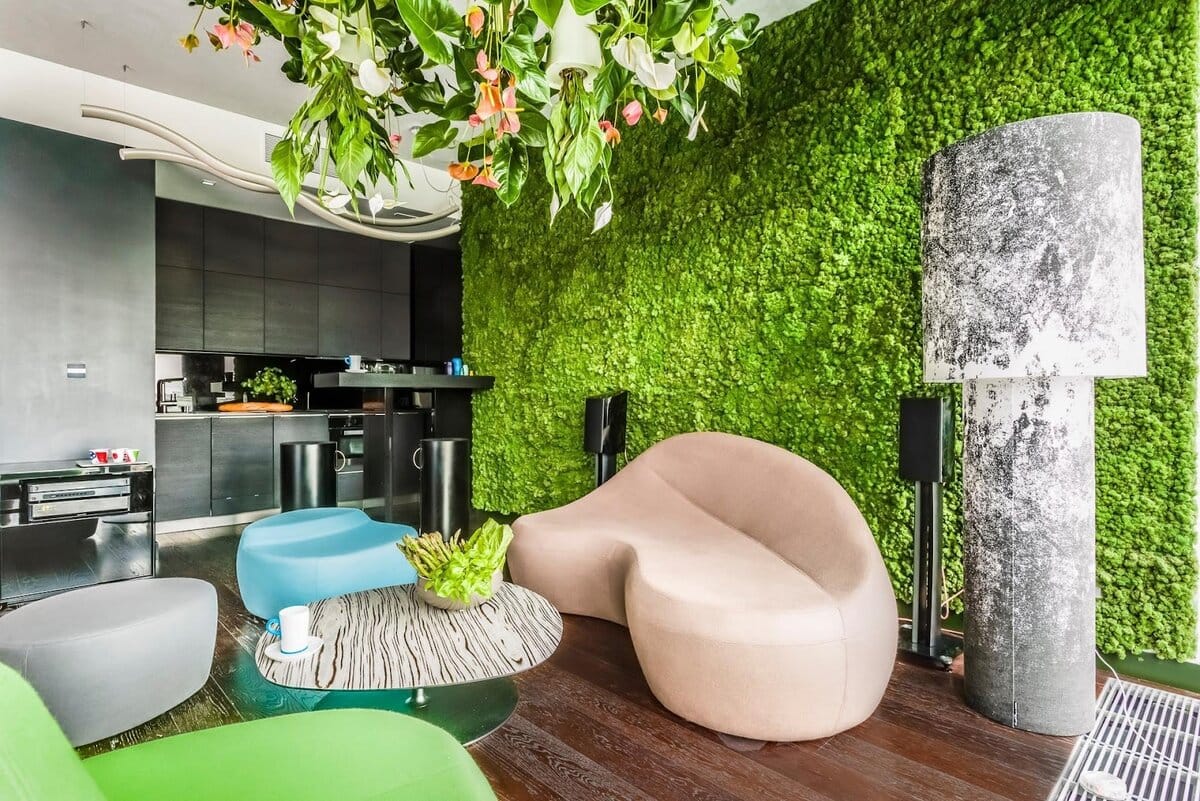
Why It Matters
You don't just live in your space. You feel it.
Your home can stress you, or soothe you. Biophilic design is about creating a space where your nervous system can relax.
Proven benefits of bringing nature inside:
- Lowers stress
- Improves focus
- Lifts mood
- Supports sleep
- Helps creativity and recovery
It's not a passing trend. It's a return to what we were missing.
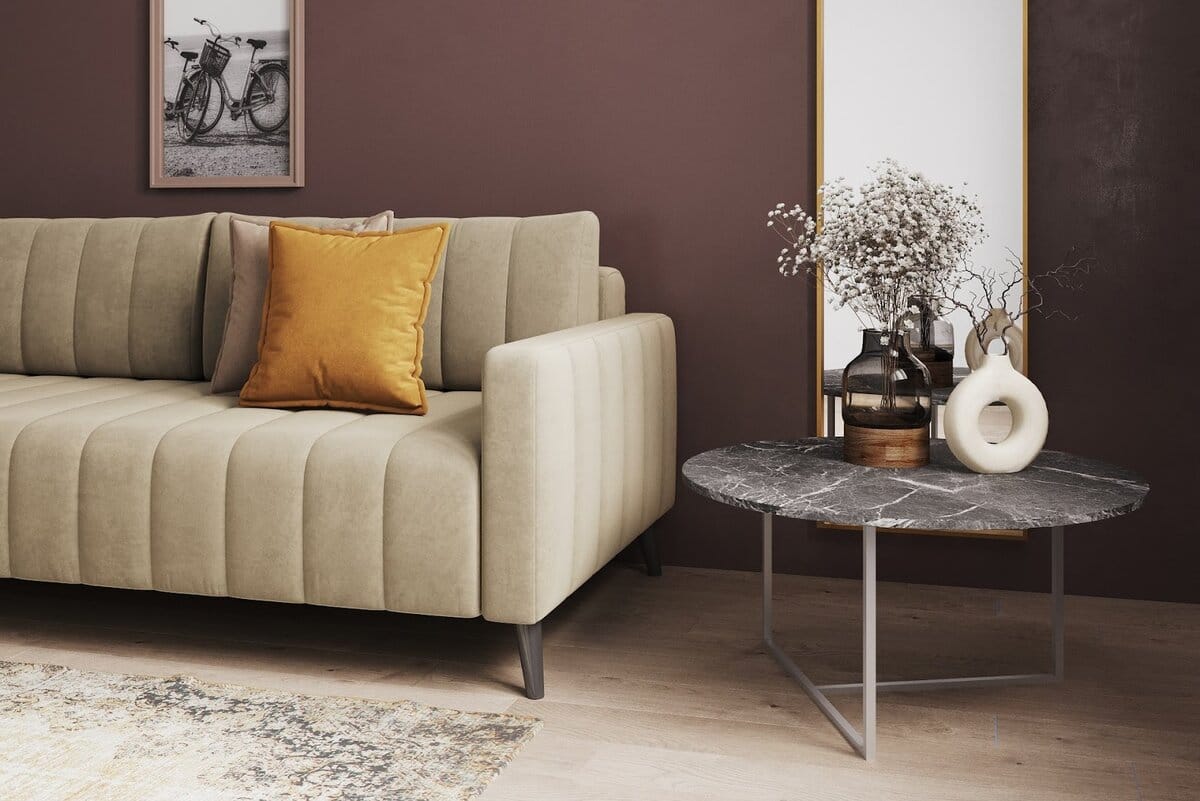
The Core Elements of Biophilic Design
Let's break it down step by step. You don't need a forest or a huge garden. You can apply these ideas even in a small apartment.
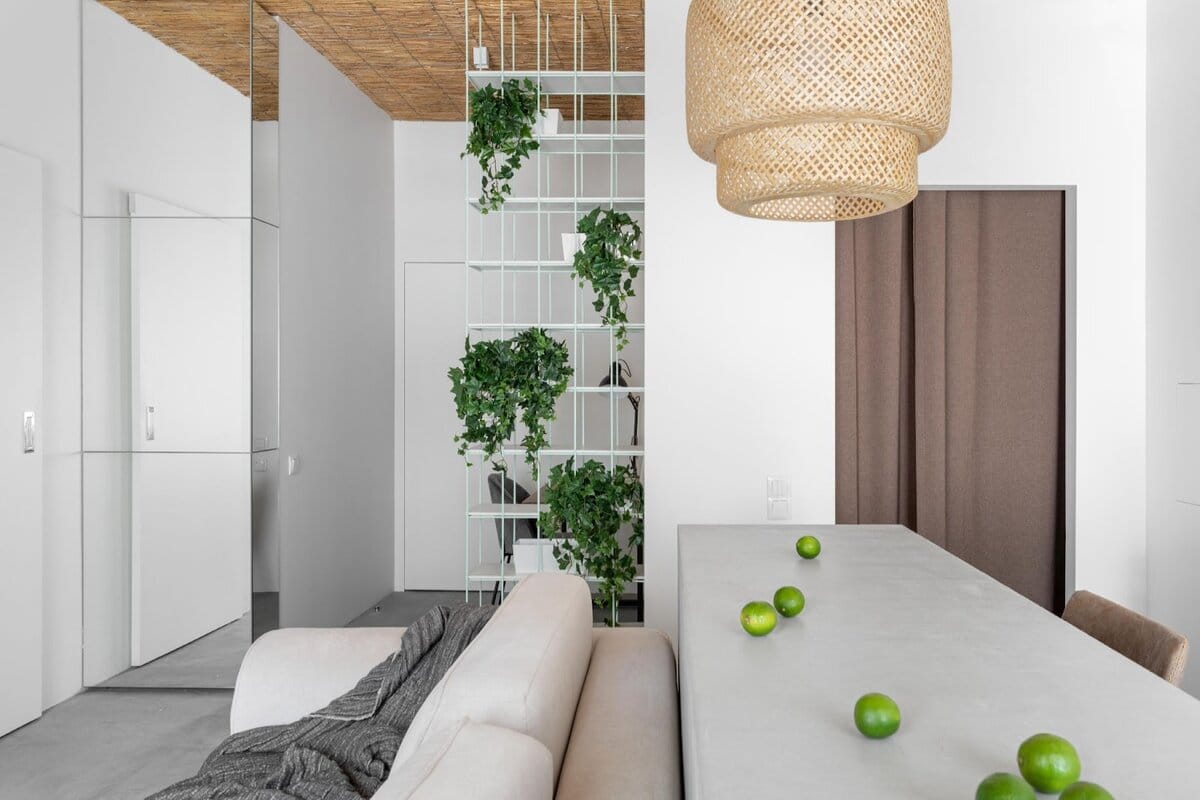
1. Let Nature Light In
Natural Daylight is powerful. It tells your body when to wake up, eat, and sleep.
That's why one of the most important steps in biophilic design is to invite it in.
- Use light curtains (like linen or sheer cotton)
- Keep windows clean and clear - no clutter on the sill
- Move mirrors to reflect light into darker corners
- Skip harsh artificial lighting during the day
Your rhythm should follow the sun, not your ceiling bulb.
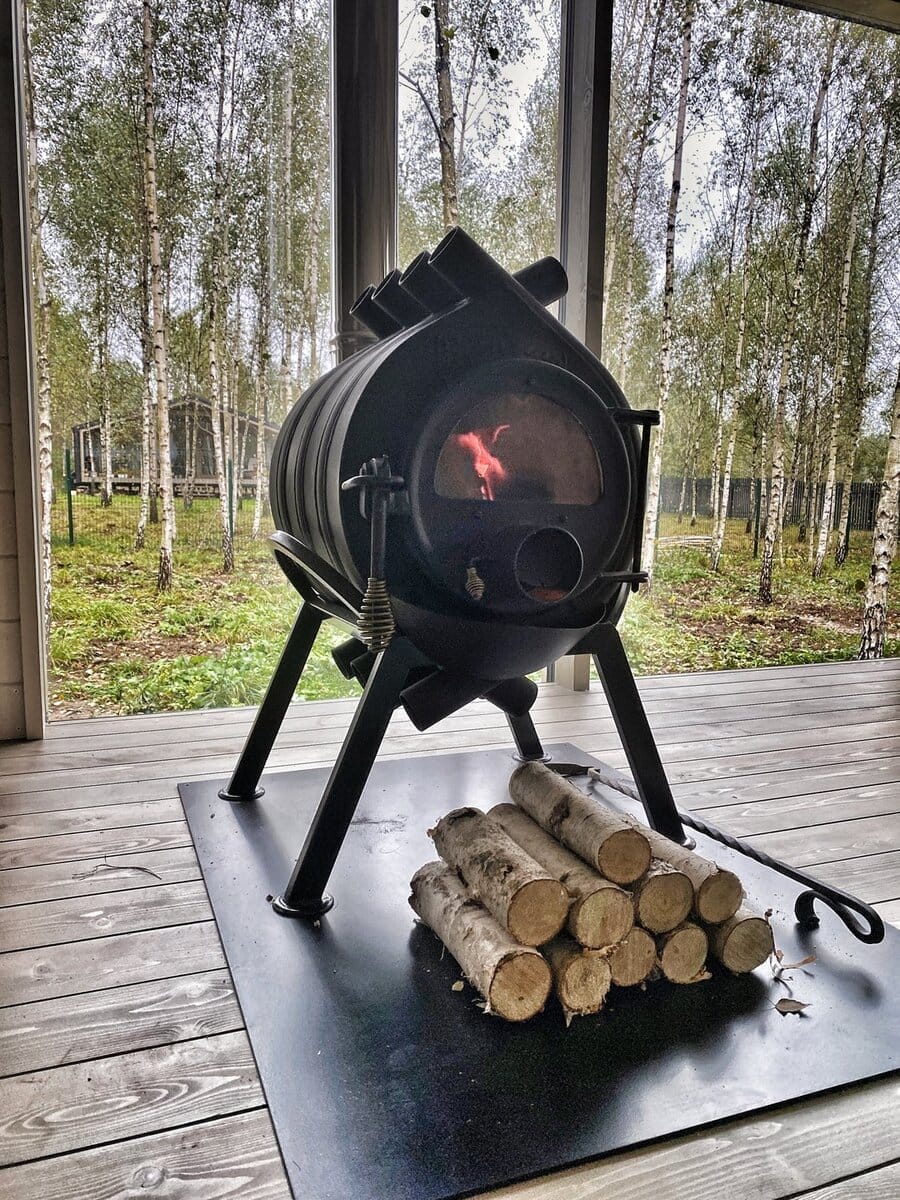
2. Choose the Right Plants
Plants are the easiest way to feel nature indoors. But don't overdo it, this isn't about tuning your home into a jungle.
- Use fewer but stronger plants
A large leafy plant in the corner brings more peace than ten tiny pots scattered everywhere. - Choose plants that fit your lifestyle
Can't water daily? Get a ZZ plant, snake plant, or cactus. Got more time? Try a peace lily or a fiddle leaf fig. - Use height and movement
A hanging plant like a pothos on a shelf, a trailing vine, or a tall fiddle fig draws the eye and softens sharp corners.
3. Use Natural Materials
Biophilic design works best when you surround yourself with materials that come from nature.
Good Examples:
- Wood (flooring, tables, frames, even utensils)
- Linen or cotton (curtains, bedding, pillows)
- Clay and stone (pots, vases, bowls)
- Jute, rattan, or seagrass (rugs, baskets, lampshades)
These materials aren't just pretty. They feel grounding. They connect us back to the earth, visually and through touch.
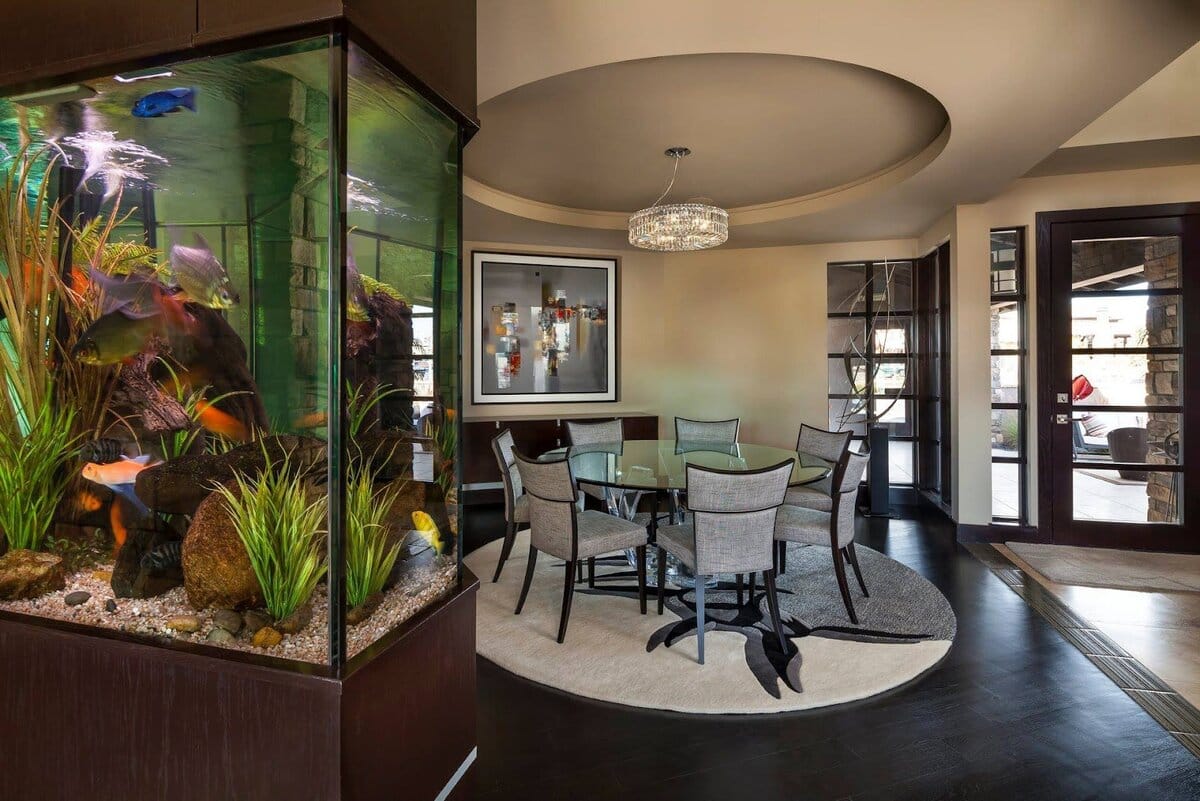
4. Create a View, Even a Small One
Not everyone has a garden or a beautiful view outside. That's okay. Biophilic design is about doing what you can.
- Set up furniture so you can look out the window
- Clear clutter from windowsills
- Use glass doors, balcony views, or even large photo prints of nature if needed
Looking at greenery, even through glass, is calming. It reminds your body it's safe.
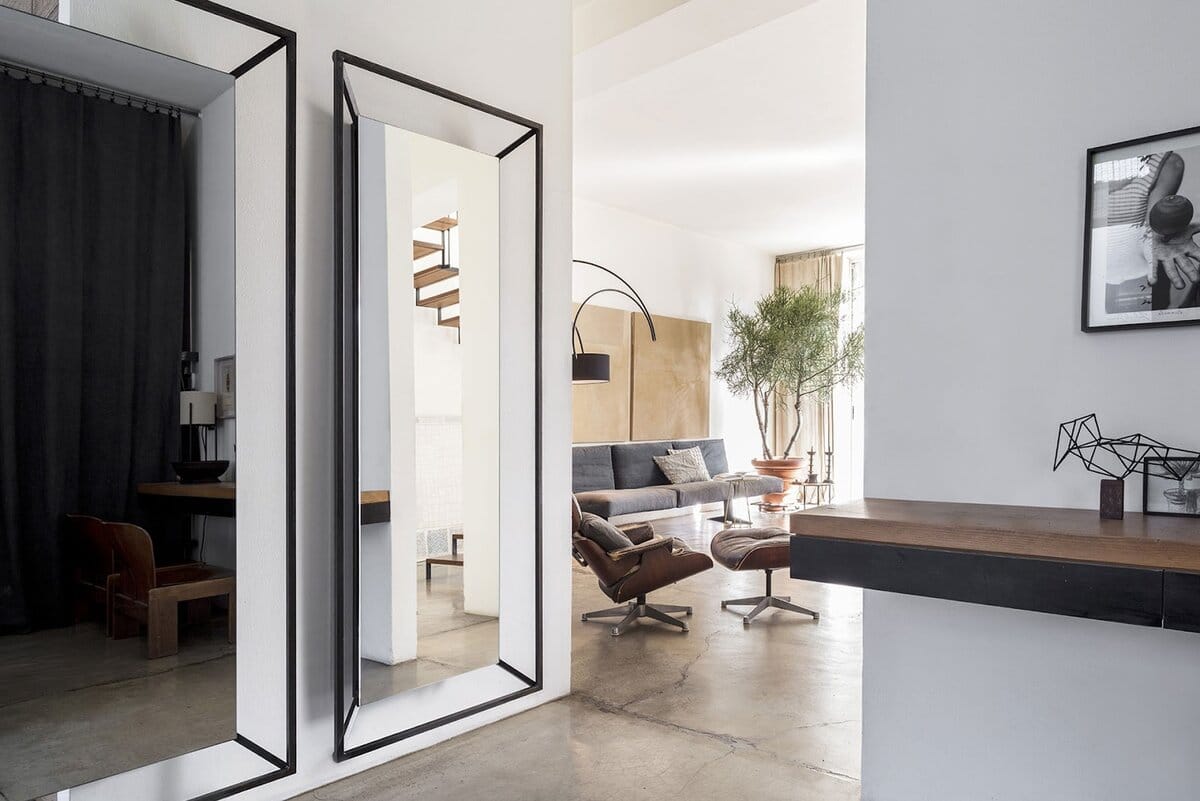
5. Add Texture From Nature
Just like in Lesson 6 (about texture), biophilic design uses natural surfaces that you want to reach out and touch.
Try these:
- Rough clay vases
- Unfinished wood
- Soft, irregular linen
- Stone bowls or coasters
- Dried branches or grasses
These add depth and feeling to your room, without adding clutter.
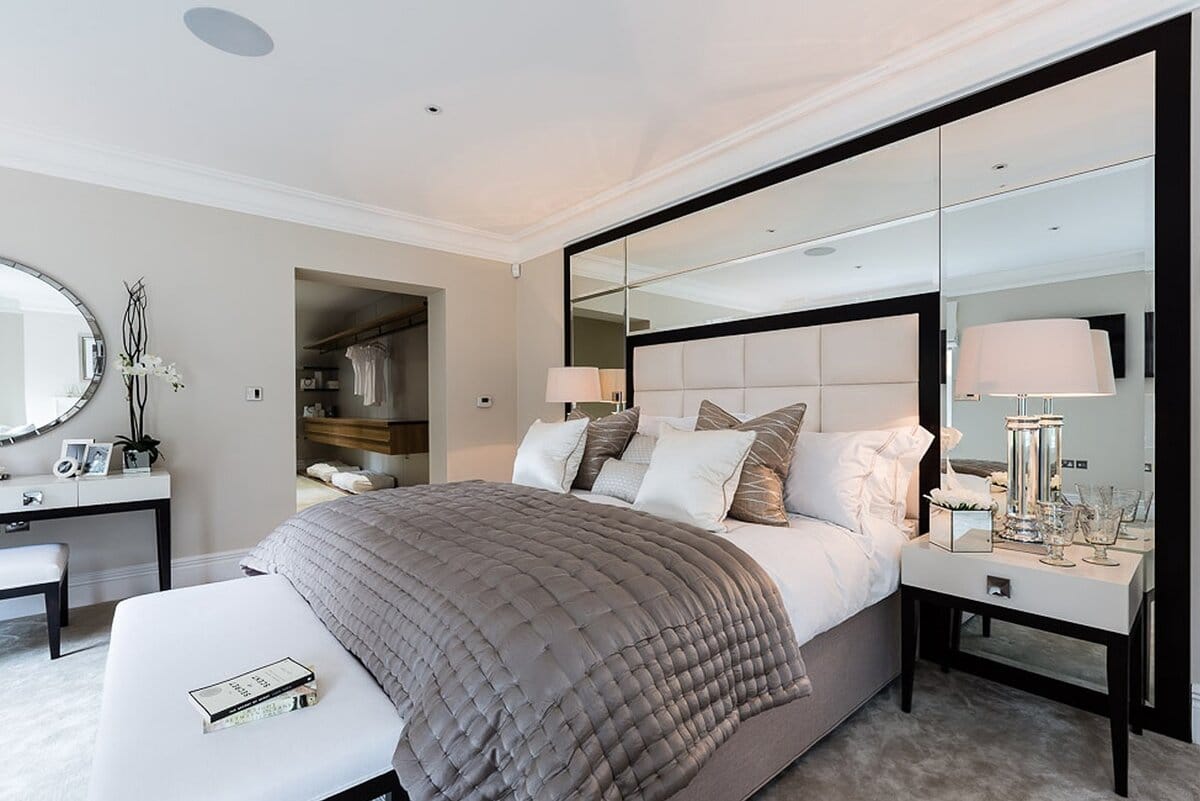
6. Engage All the Senses
Biophilic design isn't just visual. It's also about sound, smell, and feel.
Small sensory upgrades:
- Eucalyptus branches or essential oil for scents
- A soft fountain or speaker with nature sounds
- A wool rug or cotton curtains that move with the breeze
- Warm sun on your skin, at least once a day
Let your home support your nervous system. Let it feel like a quiet forest, a fresh breeze, or a soft field.
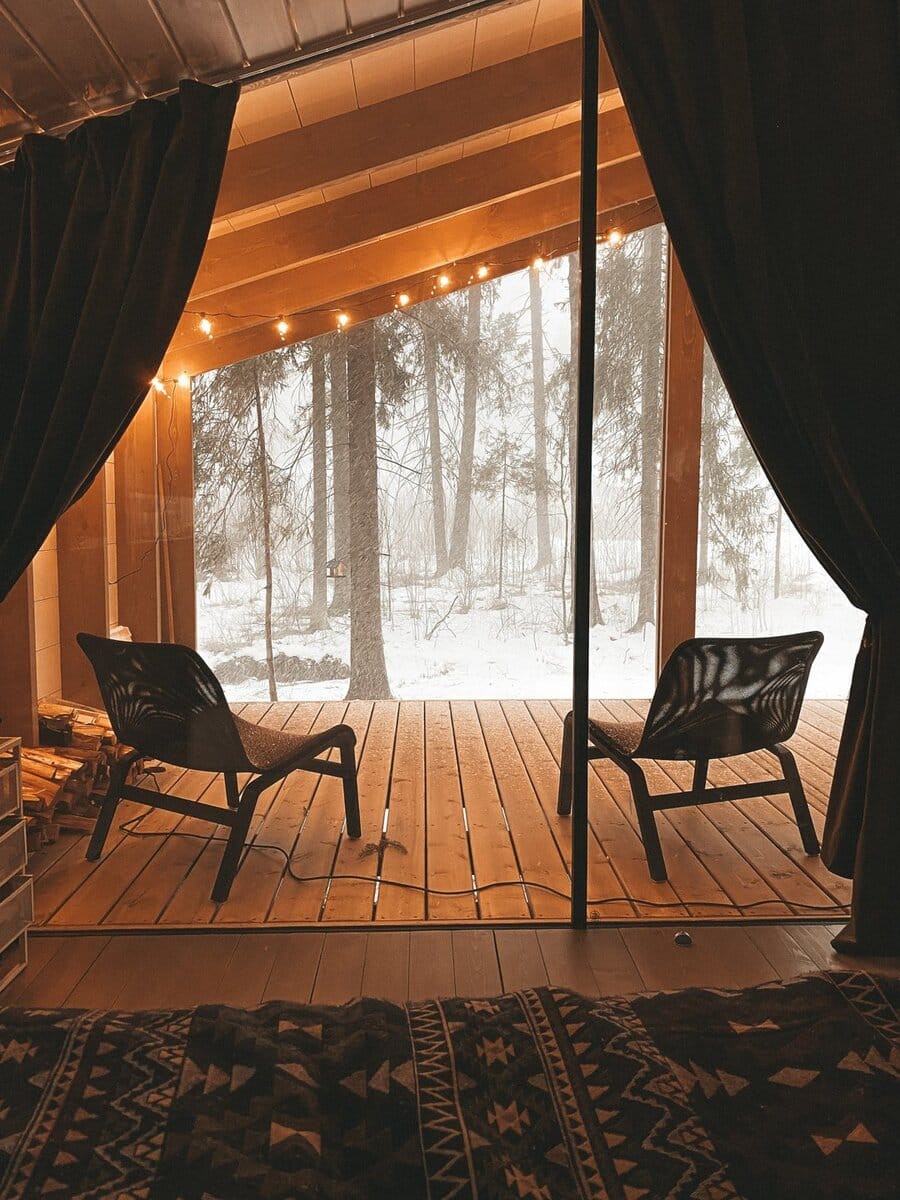
7. Let Your Home Breathe
Just like nature, biophilic interiors aren't about filling every corner.
They leave space for air, light, and movement.
- Don't overcrowd with too much furniture
- Let the windows open freely
- Give objects space to "breathe", leave room between furniture and decor
- Avoid unnecessary clutter, especially in areas where you want to rest
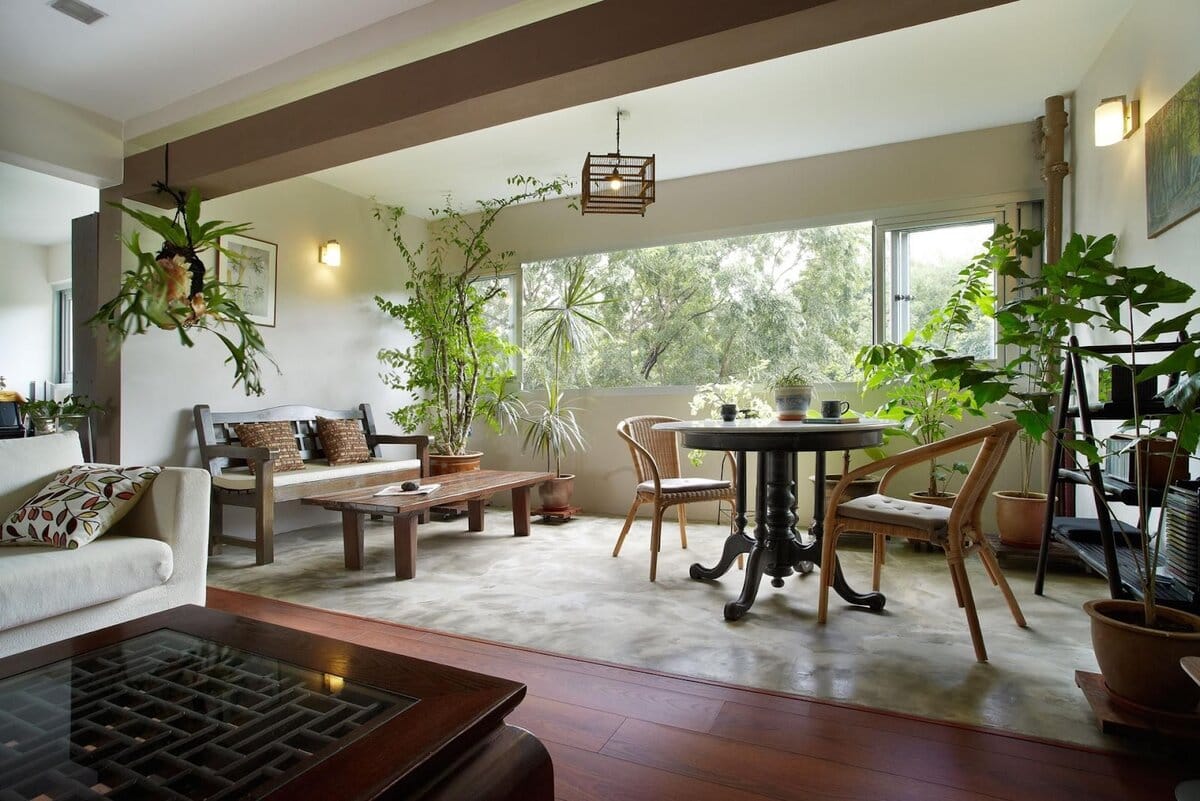
Bonus Tips for Every Room
Here's how to apply biophilic design room by room:
Bedroom
- Use cotton sheets, light curtains, and one big leafy plant
- Try blackout curtains at night and natural light in the morning
- A small wooden nightstand and a natural diffuser for scent
Living room
- Choose wood and fabric furniture
- Display only a few nature-based items (stone tray, driftwood, pampas grass)
- Use soft, layered lighting instead of overhead glare
Kitchen
- Store food in glass jars
- Add a small herb garden on the windowsill
- Use a jute rug or wooden tools for an earthy texture
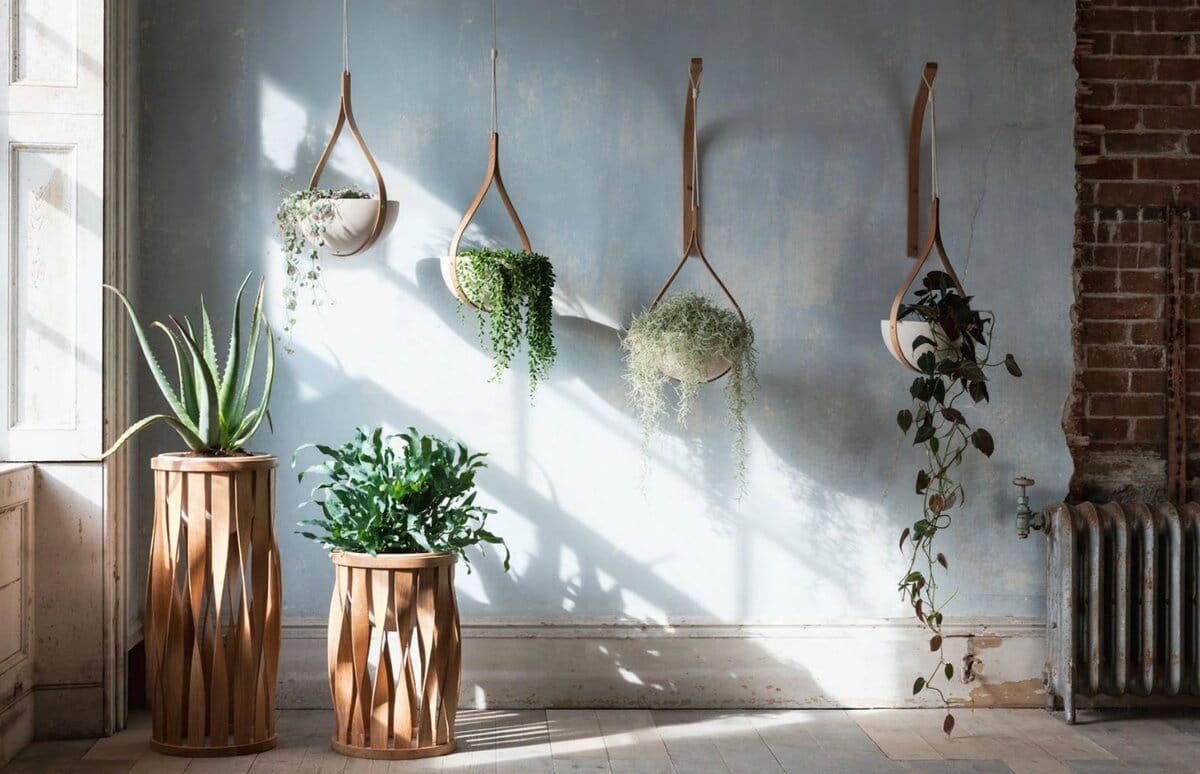
What Biophilic Design is Not
Biophilic design isn't about:
- Buying expensive decor
- Filling your home with trends
- Copying a "Pinterest" look
It's about intention and connection. It's about how your space makes you feel.

My Final Thoughts
When you design with nature in mind, you create more than a beautiful home; you create a healing one.
It's not about perfection. It's about peace.
Even one plant, one window, or one wooden bowl can shift your mood.
Biophilic design is simple, calming, and powerful. And it's always worth it.


